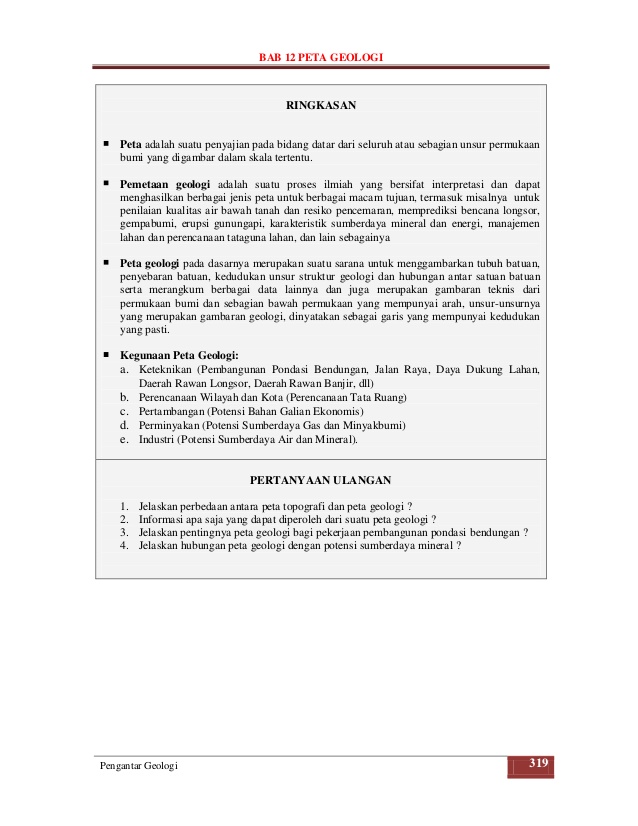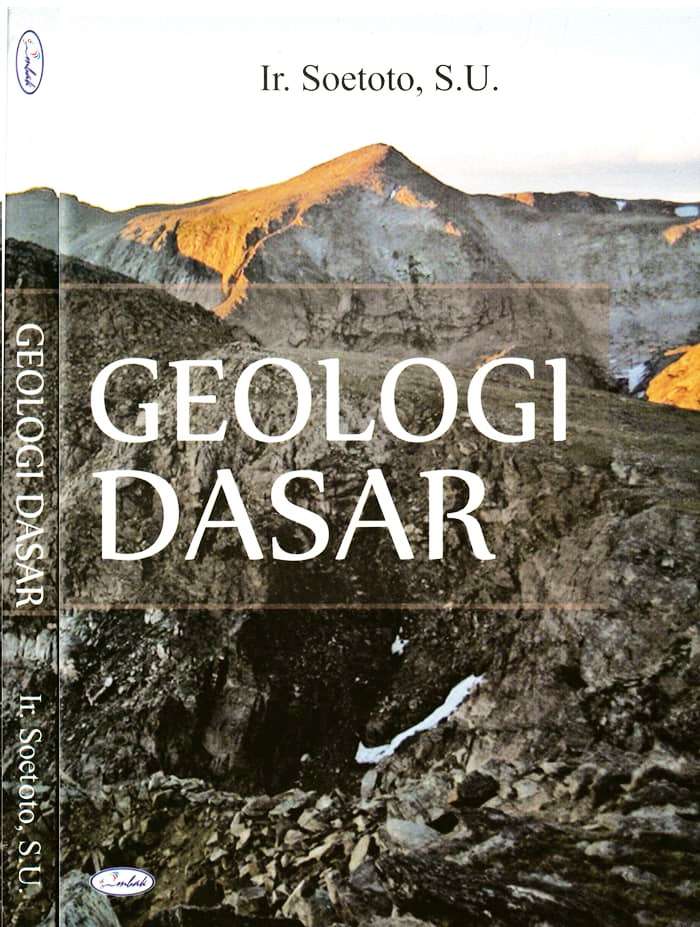


This paper provides stable carbon, oxygen and clumped isotope values from Quaternary and Miocene pedogenic carbonates in the tropical domain of Myanmar, in areas characterized by warm (>18☌) winters and annual rainfall up to 1,700 mm.


The mechanisms and timing of pedogenic carbonate formation are more ambiguous in the tropical domain, where long periods of soil water saturation and high soil respiration enhance calcite dissolution. Pedogenic carbonate is widespread at mid latitudes where warm and dry conditions favor soil carbonate growth from spring to fall. Finally, such astronomical age models, when finalized, will provide the accurate, precise, and high-resolution age control required to gain insight into the influence of both regional and global climate change on the Pleistocene paleoenvironment and potentially the hominin population of Java. These age models are in better agreement with the short paleoanthropological chronology, arguing for a late arrival of H. Two slightly different astronomical age models are presented, while a one cycle hiatus at the base of the Grenzbank cannot be excluded. This tuning was constrained by the sudden switch in grain size from obliquity to double obliquity related cycles this switch can be linked to the onset of the Mid-Pleistocene Transition at ∼1.2 Ma marked by a similarly abrupt change in ice age history. The preferred initial age model was then used as a starting point to correlate or tune the grain size record to the LR04 benthic δ¹⁸O isotope stack. These models, which correspond to the paleoanthropological short and long chronologies for the arrival of Homo erectus on Java, were used to convert the grain size record into a time series for time series analysis. Two initial age models were established based on two different sets of tie points and approaches (constant sedimentation rate and Bayesian age modelling). This study aims to develop an astronomical age model for the classical Sangiran Dome area of central Java, using a semi-quantitative grain size record of the hominin-bearing Sangiran and Bapang Formations. So far, such age models are lacking for the Pleistocene of SE Asia with its similarly rich fossil hominin record. For the rich hominin fossil record of Africa, this has been facilitated by the development of high-resolution astronomically tuned age models. Well-dated paleoanthropological sites are critical for studying hominin evolution and dispersal, especially when related to regional or global climate change.


 0 kommentar(er)
0 kommentar(er)
